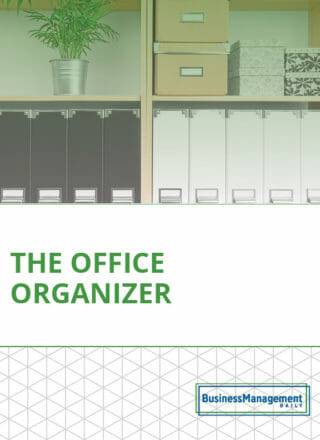The mechanical view of organizations is incomplete
A new perspective: Organizations as living organisms
As organizations grew larger than small groups of people who likely knew each other well, they began to be viewed as mechanical systems. That made sense, given that those large organizations were military and, later, manufacturing in nature. This mechanical view of organizations gave us specific job descriptions, organizational charts, and specialized work—things we take for granted that sometimes get maligned.
But what other option is there? When we view organizations as machines, we can see them as things with fixed inputs and outputs, solvable problem diagnoses, and people as replaceable parts.
But what if we thought about organizations as organisms (note the common root word, by the way) rather than machines? What then?
Organizations as living things
I’m not suggesting new or unique terminology—you could trace the roots of this metaphor back 500 years. However, the distinction between mechanical and organic structures became prominent in the 1960s, thanks to the work of Tom Burns and George Stalker. They argued that mechanistic management systems work best in stable environments. At the same time, organic structures are better suited for dynamic environments where new challenges and evolving demands require adaptability and fluid collaboration.
Consider the environment you work in today. Does it feel predictable and unchanging, or does it demand flexibility and continuous adaptation? If your answer leans toward the latter, you may wonder, Does this mean we should abandon the mechanical approach entirely?
The both/and approach
I’m not trying to lead or trick you into a choice. I’m trying to help you see that both have merit for your team and organization. You don’t have to pick—and I would suggest you shouldn’t. Rather, you will be most effective, have the most precise perspective, and make the wisest decisions when considering both views valid and helpful.
Organizations share characteristics with both machines and living systems. Is it helpful to think about processes and have clear lines of communication? You can thank a mechanical view of organizations for these things. Do we benefit when we think about the interconnected nature of work, the distribution of knowledge and information, and the need for lateral communication pathways? That’s thinking like biology.
While both views can be true, Burns and Stalker’s insights remain relevant today. In a less stable, more uncertain, and interconnected world, embracing the living-systems view of organizations is becoming more essential.
Note: Being flexible leaders, we think about many things in a both/and way. We go deeper and give you more tools for doing and applying this thinking in my new book Flexible Leadership: Navigate Uncertainty and Lead with Confidence. This book thoroughly explains what it means to be a flexible leader and provides a toolkit for becoming more effective and flexible. Pre-order your copy today.



